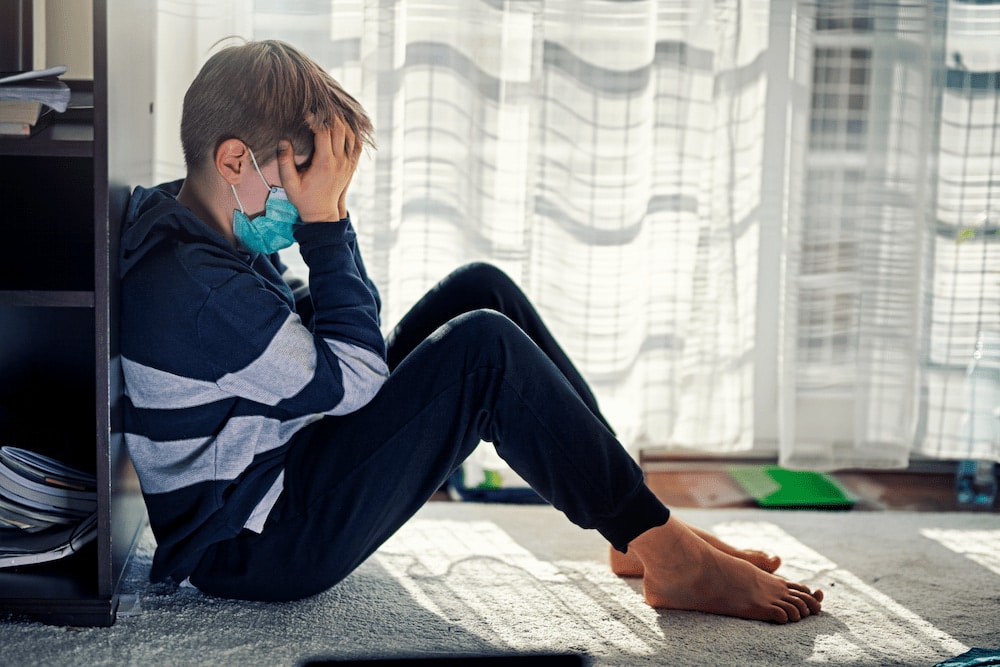The ACT Government’s 2020-21 Budget is focusing on the expansion and improvement of mental health support services and programs in Canberra, providing over $15 million to the initiative.
The Barr Labor Government is meeting its promise of investing $15 million in more mental health support for Canberra’s young people, providing more support for the most vulnerable children. In 2020, the Labor Government made the announcement following a government survey showing more than half of young residents describing their mental health as ‘fair’ or ‘poor’.
The aim of the increased services is to assist with co-ordination, access and timeliness of care, leveraging new technologies and providing more support.
The 2020-21 Budget sees significant resources go towards Youth Support Mental Health Packages, including an increased focus on supporting child and adolescent mental health services through a mobile outreach support service, Adolescent Mobile Outreach Service (AMOS). AMOS is a community-based mental health outreach service that provides assessment treatment seven days a week for adolescents aged 12 to 18 years.
Minister for Mental Health Emma Davidson said that every Canberran deserves good mental health.
“The ACT Government is committed to funding and expanding programs that can make a real difference. I believe that supportive communities are key to helping children and young people feel safe, secure, empowered and optimistic about their future,” she said.
According to Executive Director of Mental Health, Justice Health, Alcohol and Drug Services at Canberra Health Services, Karen Grace, there was an increase in mental health presentations territory wide during 2020.
“What we know in the mental health space is the biggest increase in the mental health presentations is in that group, under 25 year-olds,”
“Through the COVID times we saw an increase in demand in that age group as well as across the territory. This funding is in response to the COVID-19 impact and the inquiry into youth mental health.”
“We’ve looked at the data to see if it’s new and emerging mental illness and we’ve seen there’s more young people are presenting, and some are coming forward more unwell.”
According to the Budget papers, rates are continuing to rise for children and youth mental health program community service contacts with over 56,000 contacts to the Child and Adolescent Mental Health Services (CAMHS) program in 2020-21, 20,000 above the year-to-date targets.
“The CAMHS program is over target due to an increase in service demand and there has been an expansion in the CAMHS programs through budget initiative,” the budget papers stated.
The Government will also deliver ongoing increased mental health support for young Canberrans with highly complex needs who are at risk of mental illness, criminalised behaviour and substance misuse. Along with this, planning will start for the establishment of an intensive trauma service for adolescents to support their recovery. Mental Health, Justice Health and Alcohol and Drug Services at Canberra Health Services has over $195,000 budgeted for 2020-21 to ensure health needs are met in a timely fashion and that care is integrated across hospital, community, and residential support services.
“A Territory-wide Health Service Plan is currently being developed and will provide a system wide view of priorities for health service development and redesign across the ACT, over the next five to 10 years,” the budget papers read.
Raising awareness for mental health, including the reduction in stigma and discrimination, will also be a focus. ACT Health Directorate will receive over $85,000 allocated to the promotion of mental health and social wellbeing for all Canberrans, encouraging people to seek help as needed.
“What we know is mental health has an impact on people’s lives in general, so the heathier we are, the more fulfilling our lives are. Its vitally important that we don’t ignore impacts on mental health,” said Ms Grace.
For more stories:
Social housing second lowest budget priority
Unexpected job growth sees ACT maintain Australia’s lowest unemployment rate



